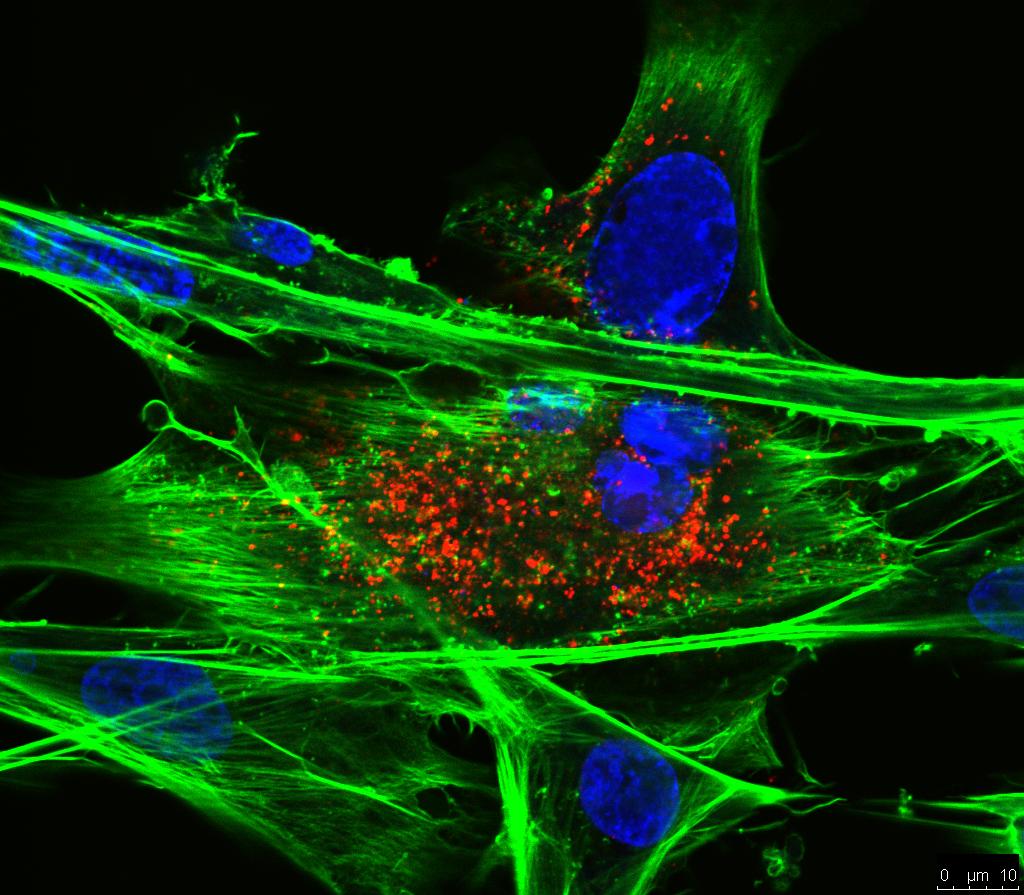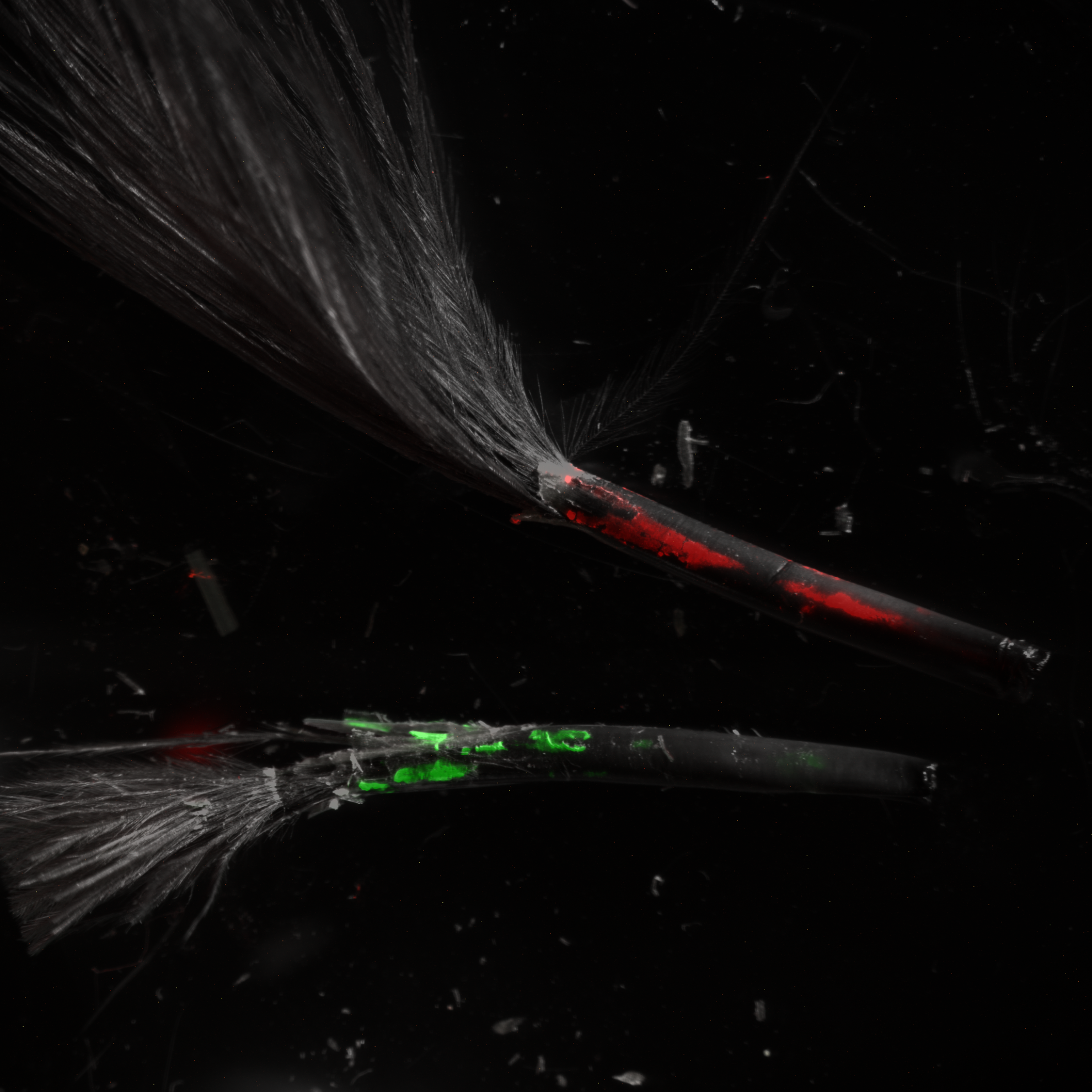Relationship between levels of very virulent MDV in poultry dust and in feather tips from vaccinated chickens
To assess the effect of various vaccine strains on replication and shedding of virulent Marek's disease virus from experimentally infected chickens, quantitative PCR (q-PCR) methods were developed to accurately quantify viral DNA in infected chickens and in the environment in which they were housed. Four groups of 10 chickens, kept in poultry isolators, were vaccinated at 1 day old with one of four vaccines covering each of the three vaccine serotypes, then challenged with very virulent MDV strain Md5 at 8 days of age. At regular time-points, feather tips were collected from each chicken and poultry dust was collected from the air-extract prefilter of each isolator. DNA was extracted from feather and dust samples and subjected to real-time q-PCR, targeting the US2 gene of MDV-1, in order to measure Md5 level per 104 feather tip cells or per microgram of dust. Accuracy of DNA extraction from dust and real-time q-PCR were validated by comparing either q-PCR cycle threshold values or the calculated MDV genome level; for use in q-PCR, DNA was extracted from serial dilutions of MDV-infected dust diluted with noninfected dust, or DNA from MDV-infected dust was diluted with DNA from noninfected dust. The results confirmed the accuracy and sensitivity of dust DNA extraction and subsequent q-PCR and showed that differences in virus levels between dust samples truly reflect differences in shedding. Vaccination delayed both replication of Md5 in feather tips and shedding of Md5. First detection of Md5 in feather tips always preceded or coincided with first detection in dust in each group. pCVI988 and HVT+SB-1 were the most efficient vaccines in reducing both replication and shedding of Md5. There was close correlation between mean virus level in feathers of each group and mean virus level in the dust shed by that group. This relationship was similar in each of the vaccinated groups, demonstrating that measurement of the virus in dust can be used to monitor accurately both the infection status of the chickens and environmental contamination by MDV.
Back to publications

